SUGGESTIONS FROM PRACTICE
With 82 km of coastline and a sea area of over 76,000 km2 , Nghe An is one of 28 coastal provinces with strengths in seafood exploitation. Every year, the fishing industry creates jobs for 16,805 fishing workers and nearly 25,000 onshore service workers. However, in recent years, due to ineffective fishing and unstable income, many fishing boats have been left on shore. and workers "go ashore" and change to other jobs.

Although there are no official statistics, but through our preliminary survey (PV), nearly 50% of the 16,805 seafarers and thousands of shoreworkers have moved to other areas. This is one of the reasons why in recent years, in Quynh Luu and Hoang Mai, many fishing and seine boats have had to stay ashore due to lack of labor . Due to lack of labor and having to hire new, unprofessional workers, exploitation capacity is low.
Dien Bich Commune is one of the communes with the largest fleet of ships in Dien Chau District, at its peak it had 250 fishing boats with about 1,000 workers at sea. In recent years, due to continuous losses in the fishing industry, more than 100 vessels have been transferred or seized and liquidated by banks.
Mr. Nguyen Viet Man - Chairman of Dien Bich Commune People's Committee said: The whole commune currently has 131 vessels and 520 workers going to sea in a state of ineffective fishing. Among the nearly 500 workers going to sea who have changed jobs, there are some young workers going abroad and some older workers. The whole commune currently has 600 workers going abroad, of which in 2023 alone, about 250 people will go, forcing the commune to adjust its mid-term economic development plan.

Dien Ngoc Commune (Dien Chau) is a “hot spot” for violations in coastal fishing, at its peak, the commune had over 400 boats. Because it mainly fishes in offshore and coastal areas, in recent years, when fishing was tightened according to regulations against IUU fishing , fishing boats were continuously fined. Currently, the number of boats has decreased to 250, but illegal fishing still occurs.
Mr. Nguyen Van Hung - Vice Chairman of Dien Ngoc Commune People's Council, shared: In the past, when the fishing industry developed, the onshore logistics industry also developed. Now the marine industry has narrowed and most young workers go abroad to work, so the marine industry and fishing logistics such as processing and making fish sauce have also narrowed in scale.

In Quynh Long (Quynh Luu) - a key commune of the province's purse seining industry, at its peak there were over 80 purse seining ships with a total of 2,100 workers going to sea, but now there are only 40 ships, equivalent to about 800 workers. Of the 1,300 workers who have changed jobs, nearly 1,000 have gone abroad, the remaining nearly 400 workers are on transport ships. Mr. Tran Quang Trung (52 years old) in Dai Hai village, Quynh Long commune, is working on a transport ship, saying: Having worked at sea for more than 10 years, switching to sea transport is suitable for the elderly. Income is about 8-10 million/month, lower than sea trips, but stable and most importantly, creates peace of mind for the family.
Similarly, Son Hai commune (Quynh Luu) used to have over 80 fishing boats with about 1,800 workers regularly fishing for squid and needlefish, but now there are only about 30 boats left, with about 700 workers going to sea. Mr. Cao Xuan Diep - Chairman of Son Hai commune People's Committee is concerned: The seafaring industry is in a very difficult period, more than half of the workers going to sea have gone ashore, the need to change jobs and create jobs for people is currently very large.
EFFECTIVE AND SUSTAINABLE SOLUTIONS
Implementing the National Program for effective and sustainable fisheries development, Vietnam strives to achieve a total fisheries output of 9.8 million tons by 2030, of which aquaculture output is 7 million tons and exploitation output is 2.8 million tons.
In Nghe An, every year, exploitation accounts for 85% of total seafood output and aquaculture only 15%, so the above orientation is a big challenge for Nghe An province.
Therefore, to concretize this program, on November 27, 2023, Nghe An Provincial People's Committee issued Plan No. 914/KH-UBND to implement the Project on converting a number of seafood exploitation occupations that affect resources and the ecological environment in the area; every year the province cuts at least 1.5% of vessels operating in offshore areas; 4-5% for vessels in offshore and coastal areas; and has solutions to ensure jobs for 100% of fishermen after converting their fishing occupations.

Discussing about career conversion for fishermen, Mr. Phan Xuan Vinh - Vice Chairman of Dien Chau District People's Committee once shared: Supporting fishermen to change their careers is not a new solution. 10 years ago, to eliminate the destructive fishing profession in coastal waters, Nghe An had policies to support conversion, but due to limited support resources and many obstacles, fishermen could not access them. Therefore, the upcoming career conversion support policy must be suitable to the mindset and reality of fishermen.
In Quynh Lap commune (Hoang Mai town), out of 2,000 seafarers, 54 are now working in sea transport and the whole commune has 954 people working for export. Every year, the province organizes training and grants certificates to about 700 seafarers and currently 90% of fishermen in Quynh Lap commune have seafarer certificates. However, the transport sector requires additional certificates and fishermen who want to change their profession must take additional courses to change. However, the cost of this course has not been supported for students.

Mr. Truong Cong Vu - Vice President of Quynh Lap Fisheries Association suggested that financial support should be considered for fishermen to study for a career conversion certificate. Currently, according to regulations, a captain and chief engineer training class must be organized with 20 or more people so that the locality can invite lecturers to teach and support, but the nature of the seafaring profession is often far-flung fishing, making it difficult to gather 20-30 people per class, so each person must go to Nha Trang or Hai Phong Fisheries University to study for a certificate, which is expensive...
In addition to the above policy of supporting vocational training, according to representatives of coastal localities, another policy that the province should consider is to support interest rates for fishermen to borrow for labor export. Currently, ethnic minorities have been given low-interest loans by policy banks to work abroad; so should we support them with low-interest loans for fishermen or their children to work abroad?

Mr. Vu Ngoc Chat - Chairman of Quynh Long Fisheries Association (Quynh Luu), said that due to difficulties, the fishing industry is screening and re-planning the industry, inefficient production vessels and those without human resources will be liquidated and transferred so that good human resources can be transferred to more efficient fishing vessels; young workers can go to export. However, in the long term, people hope that the province will attract large investment projects to the locality to create jobs for their children. When income is guaranteed and not too dependent on fishing, illegal fishing will decrease, and vessels that go offshore and invest in depth will fish more effectively.

From another perspective, Mr. Le Van Huong - Deputy Head of the Provincial Department of Fisheries and Fisheries Control, said: Nghe An does not have the advantage of transforming the industry structure towards increasing the value of aquaculture and reducing the value of exploitation, because the area of coastal lagoons is small and not sheltered from the wind, the coastal sea is open, making it difficult to raise cages. To change the profession for fishermen and reduce dependence on exploitation, the only way is to develop suitable onshore occupations and invest in modern exploitation occupations with reasonable scale. Currently, after issuing the Plan, it is expected that the province will consult with departments, branches, refer to the experience of localities and ministries to develop plans and policies to support appropriate job conversion./.
Source




![[Photo] Closing of the 11th Conference of the 13th Central Committee of the Communist Party of Vietnam](https://vstatic.vietnam.vn/vietnam/resource/IMAGE/2025/4/12/114b57fe6e9b4814a5ddfacf6dfe5b7f)


![[Photo] Overcoming all difficulties, speeding up construction progress of Hoa Binh Hydropower Plant Expansion Project](https://vstatic.vietnam.vn/vietnam/resource/IMAGE/2025/4/12/bff04b551e98484c84d74c8faa3526e0)


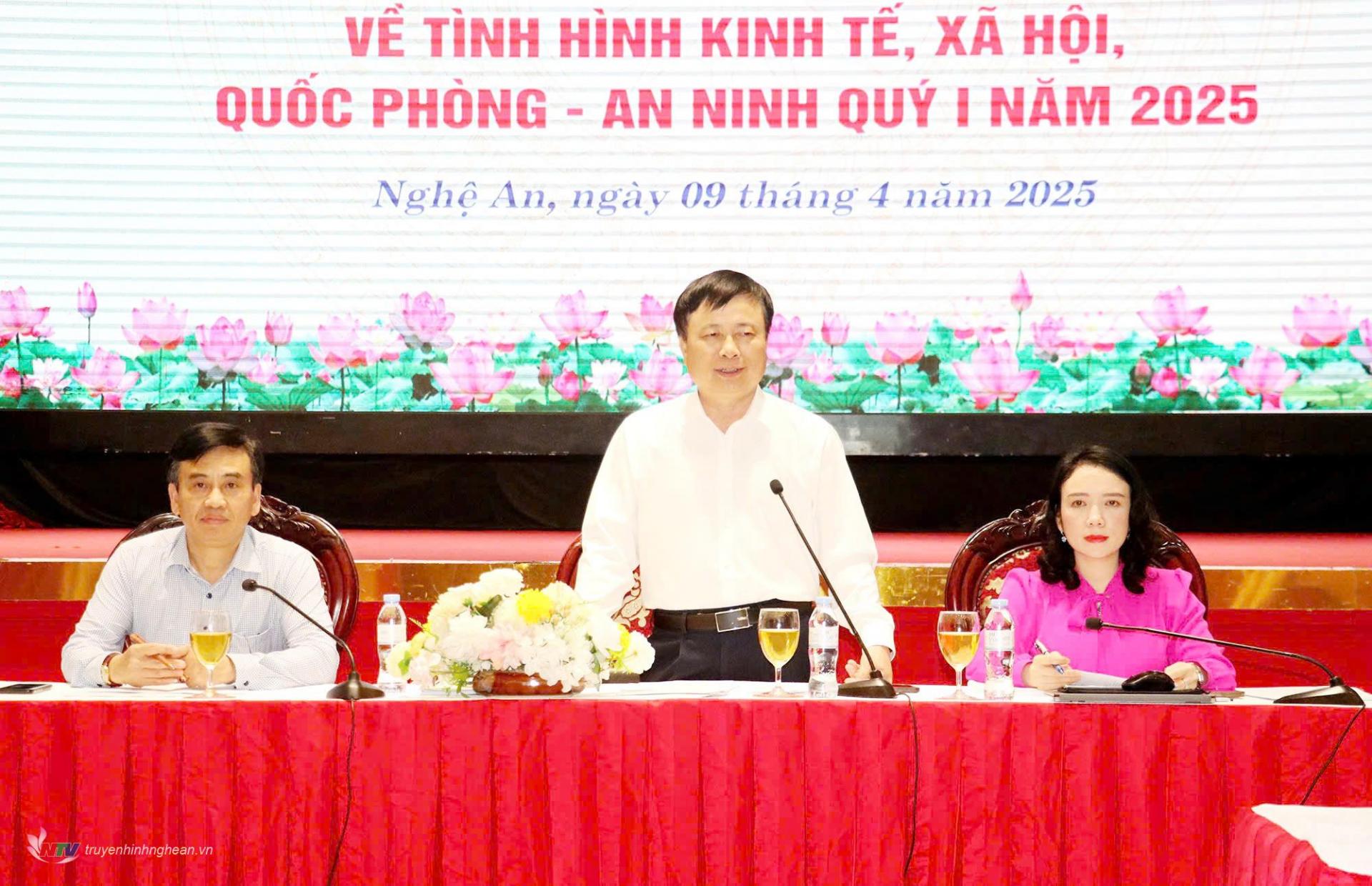
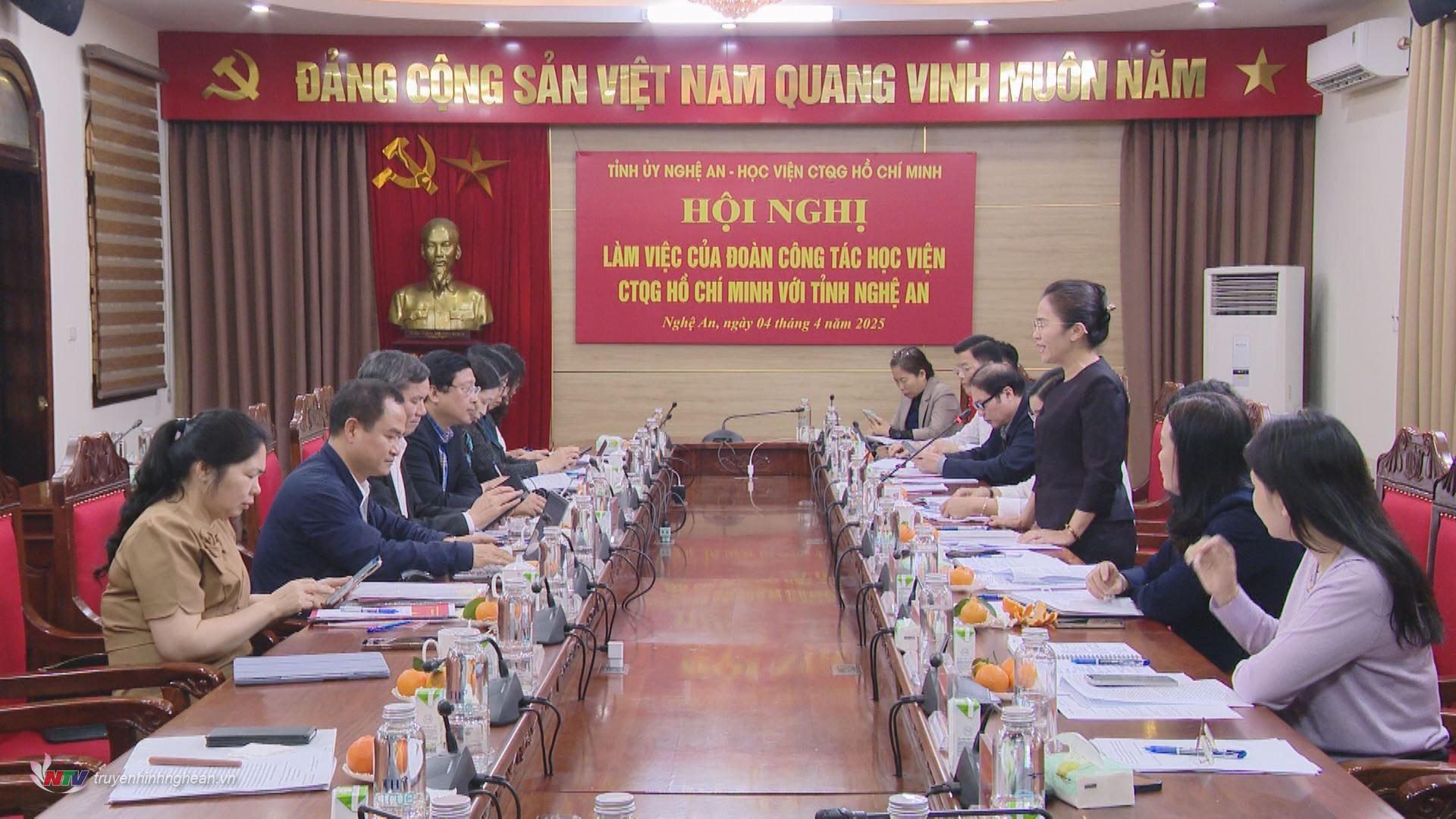
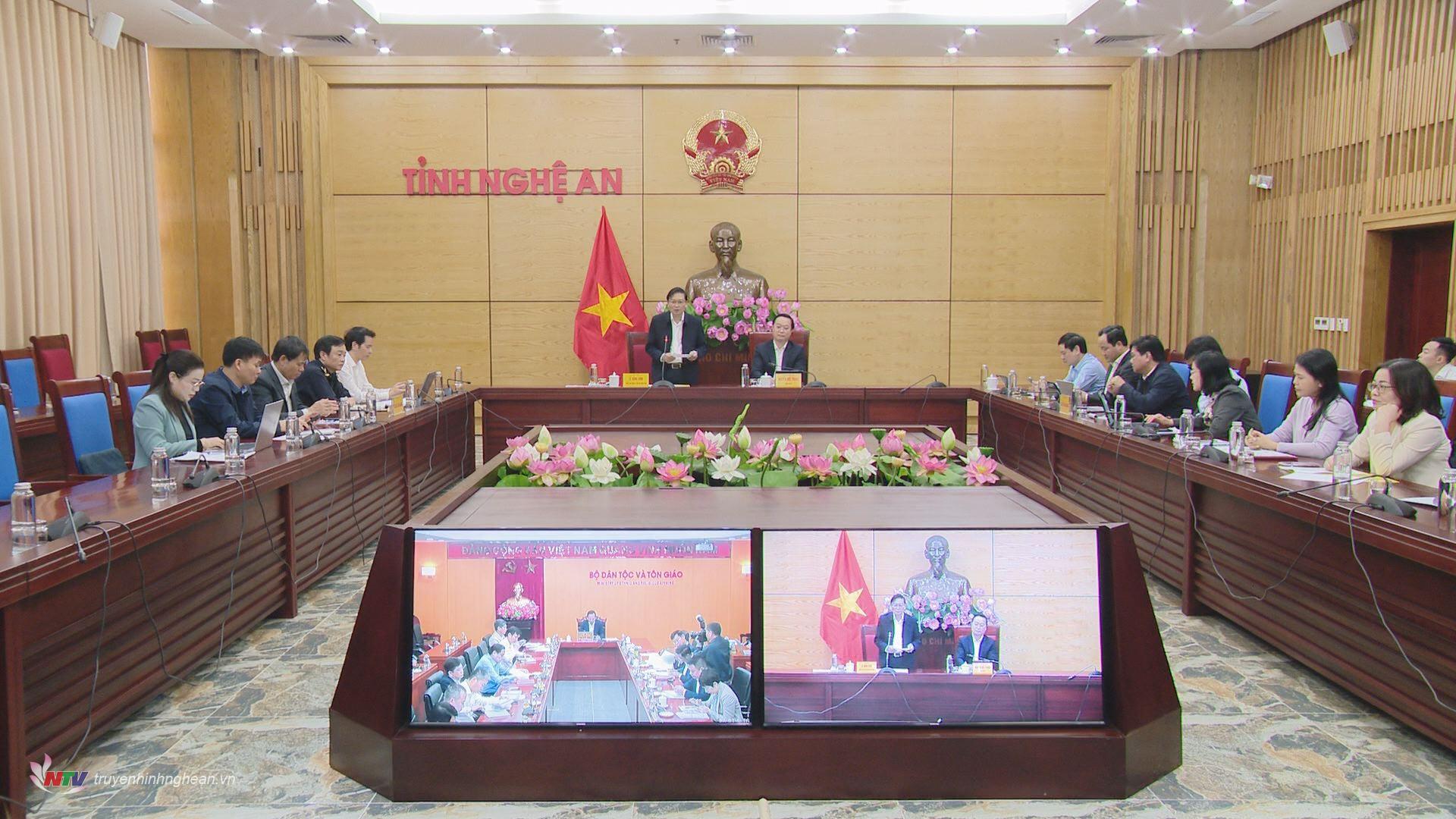


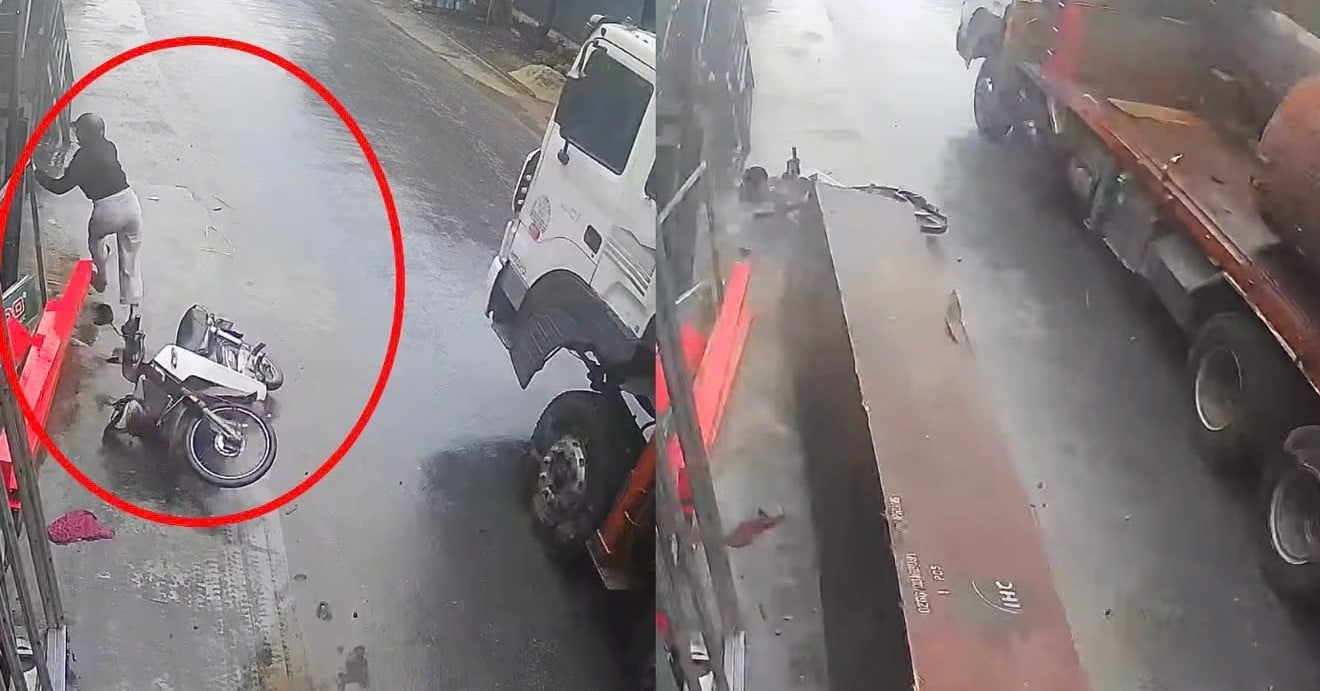



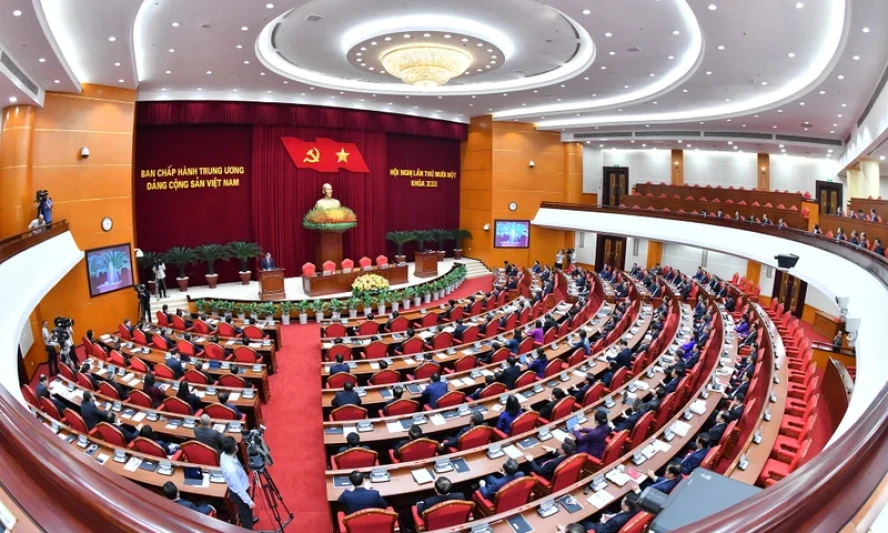


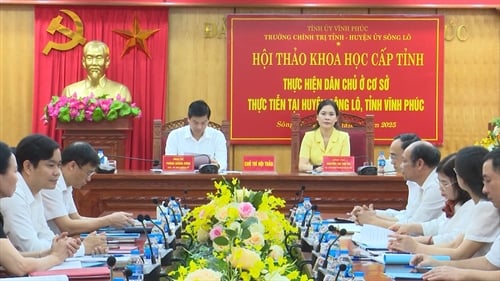



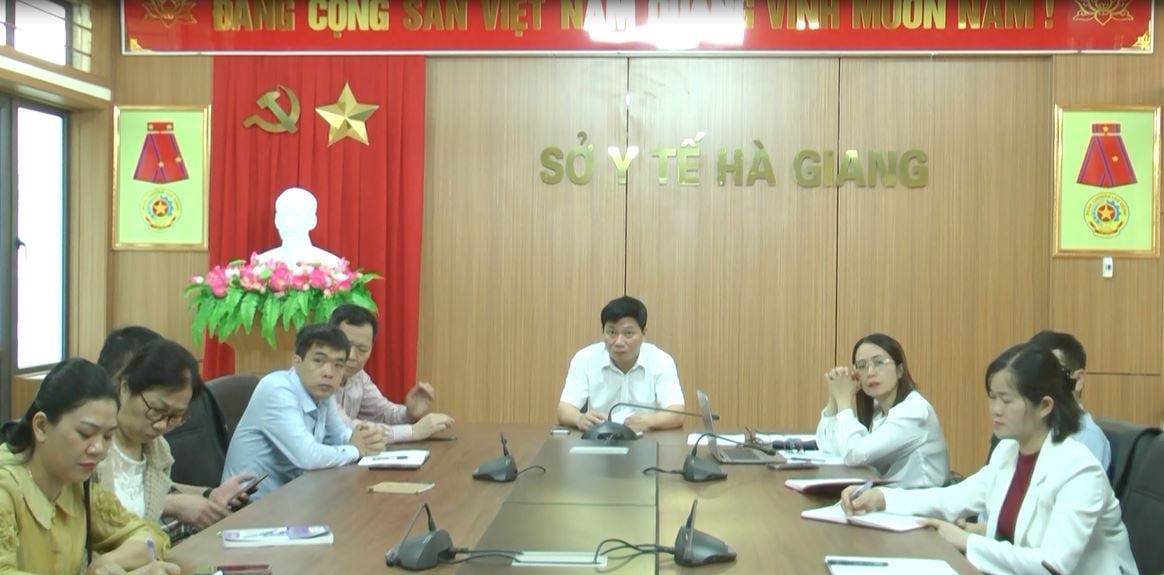

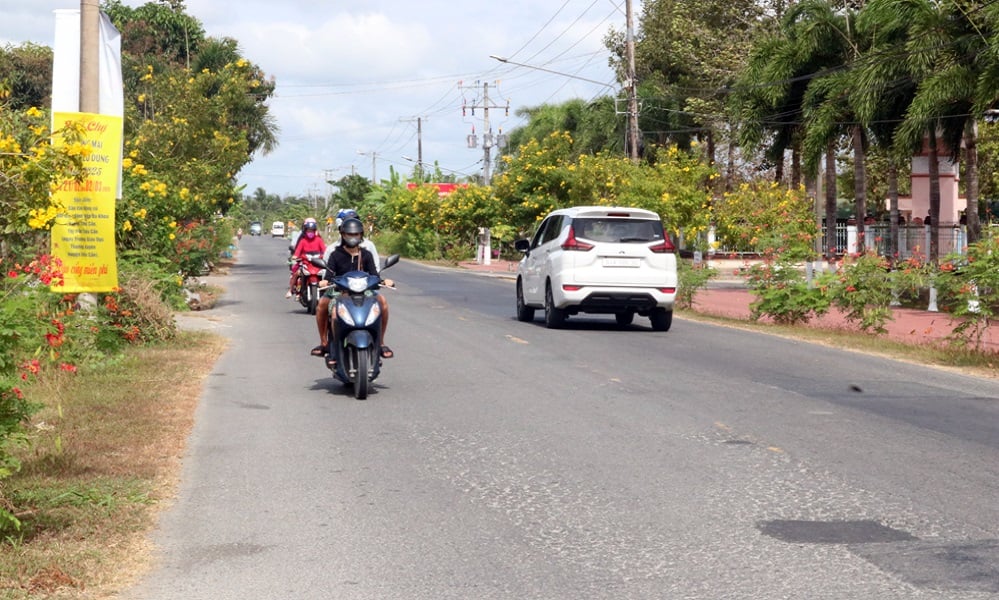
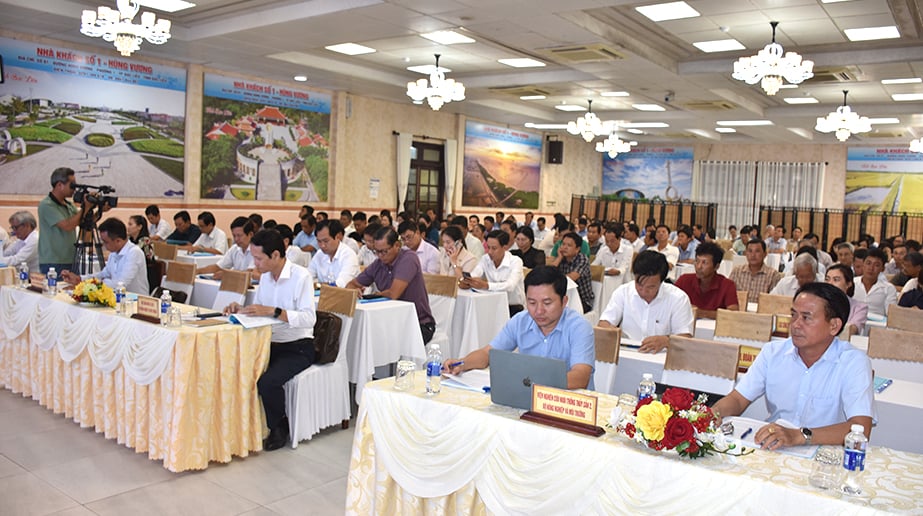
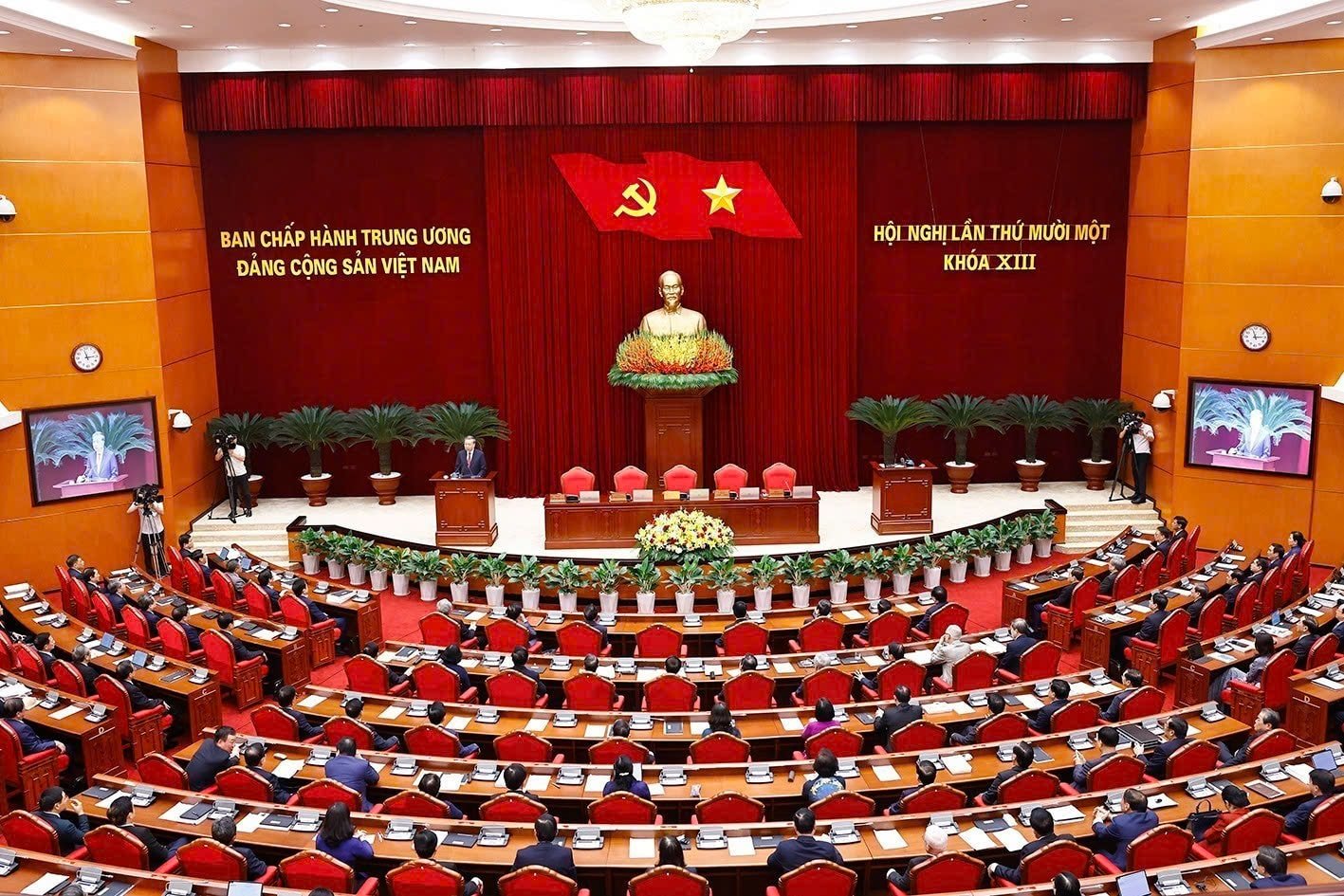
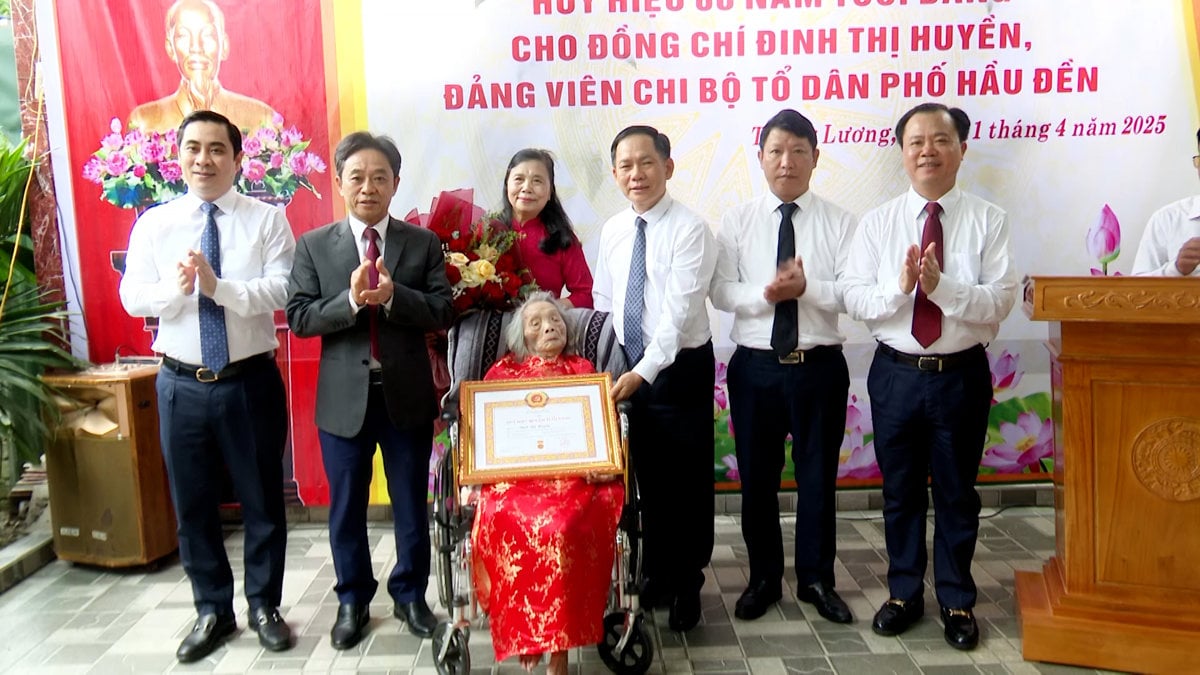



























































Comment (0)